Honey Red ‘Blonde’ (aka, the Emma Stone Ale)
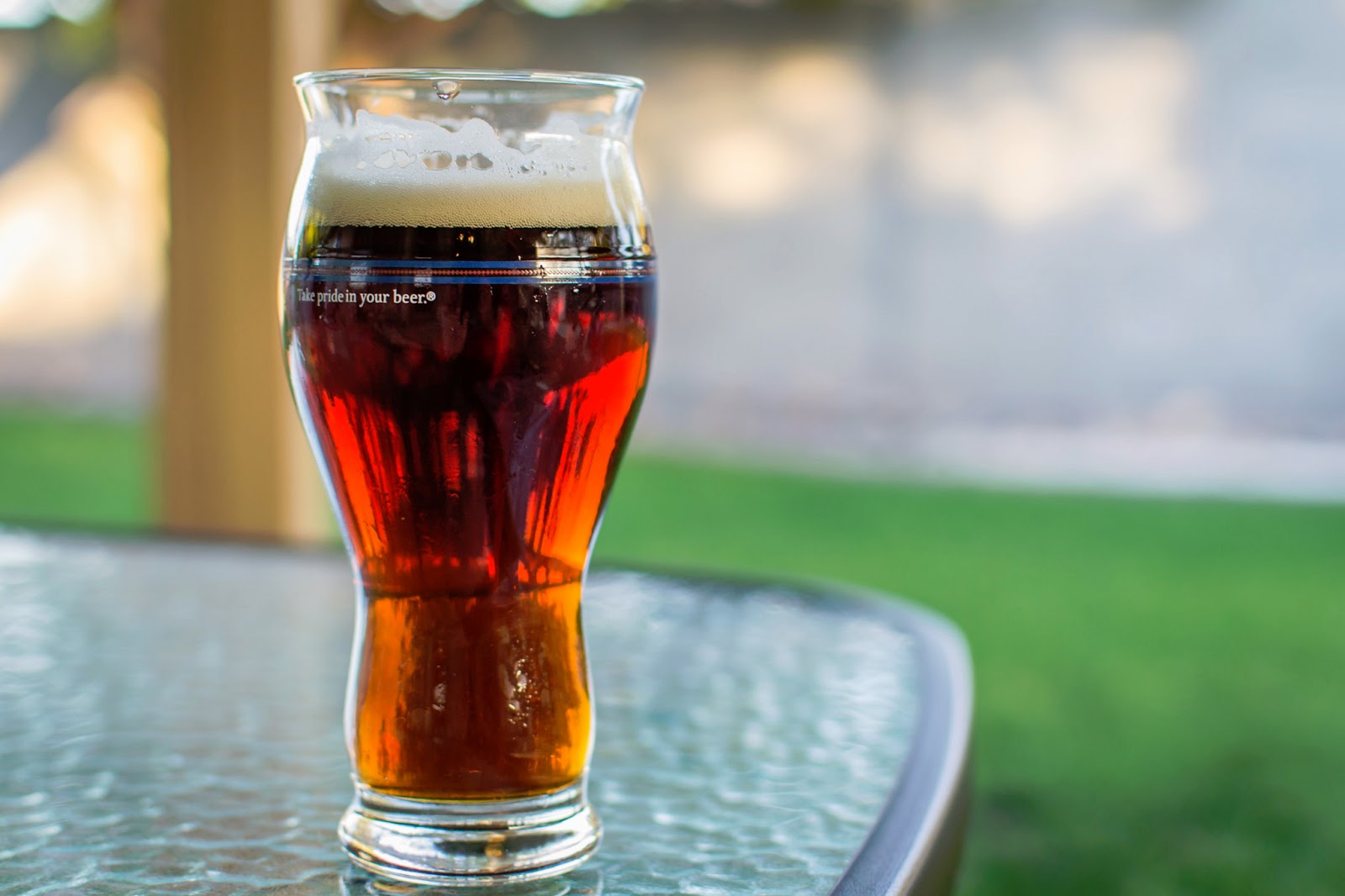
We’ll it’s been a little while since my last post; sometimes life just gets in the way a little. Nothing serious, but planning a wedding and transitioning between jobs takes it’s fair share of time. Anyway, this is the last of the three beers I served at my at my sister’s graduation party.
I definitely wanted to brew a nice blonde ale that would have some crowd-appeal. I then realized, with my Micro Pale Ale, and a Blind Pig clone, all three beers would be exactly the same color: Blonde. So I decided to throw 3oz of Carafa III into the grist to dye my Blonde Ale red.
Kristen and I had no idea what to call this redhead that’s actually a blonde. We can’t call it a ‘Ginger’ Ale, since that would be misleading. We can’t call it a Blonde Ale because it’s a rich red. Finally I joked we should call it an Emma Stone Ale; it stuck.
As for the recipe, it’s pretty much my standard Blonde Ale. I’m playing around with Mosaic for this beer, as the fruity hop aroma should blend in well in light amounts. There wasn’t anything special to note about the brew day, other than I had been brewing like crazy up until this beer. 60min mash, 60min boil, then I immediately chilled the wort to 62F before pitched some WLP090 slurry.
Brewed: 04-25-13
Kegged: 05-02-13
OG: 1.049
FG: 1.010
ABV: 5.1%
IBU: 17
6 Gallons
6lbs 2-Row
3lbs Marris Otter
10oz CaraStan (35L)
4oz Honey Malt
3oz Carafa III Special
Mash @ 150*
.25oz Apollo @ 60
.25oz Moasic @ 20
.25oz Mosaic @ 0
WLP090 – Super San Diego Yeast
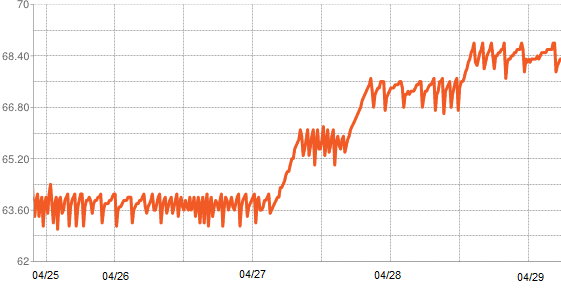
This beer fermented out in a hurry, which was a life saver, as the party was May 11th. It had about 9 days to carb up before it was served to the crowd.
Overall this beer turned out really nice. It’s kind of a twist between a Blonde Ale, and an Americanized Irish red. The aroma is mostly clean malt with a pinch of citrus from the hops. There’s a hint of roasted malt in the background that’s reminiscent of an Irish Red. The flavor is very similar, but the caramel malt character comes through nicely. Mouthfeel is medium, and it finishes fairly crisp. All-in-all this beer was really well received at the party, even though no one believed that it was actually a blonde ale.
Anyway, I took a little brewing hiatus over the past 5 weeks, which has been nice. I had brewed 4 batches to be really in 2 weeks, which left me a little burnt out. Needless to say, I’m ready to fire up the burner again, so you’ll see some new batches and articles here shortly. Cheers!
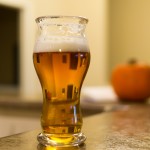
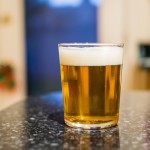
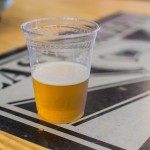
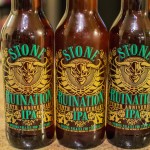
Isn't it an amber ale?
If you are looking to add color without the roast via carafa, try adding the carafa right before you sparge. I picked up the technique in Gordon Strong's Brewing Better Beer. It's add a nice orange hue to beer that would otherwise be yellow/blonde.
What is that chart? I assume it's a type of gravity chart. How did you make that chart?
Chad, that is a chart of his fermentation temp from OG to FG.
By looks yes, by flavor no.
That's a good idea! I might try that next time.
Fermentation temperature.
What do you use to chill the beer post boil? I have a 25' copper coil. I start running water straight from the outdoor tap, then switch over to ice water when I get down to around 125F. When it's 85-90F outside like today, it's challenging to get much below 75F with this method. AZ has much higher ambient temps than NC, so what's your secret?!?
It sounds like you are using a submersion chiller but I don't know how you are flowing ice water through that unless you have a pump. I repurposed my old submersion chiller to act as the in hose for a plate chiller a bought and I put the submersion chiller in a bucket of ice water (1/2 gallon milk jugs filled with water and frozen work well. Then I just adjust the flow of the wort to a slower rate until it is coming out into the fermenter at a temp I like. Another awesome tool is the infrared thermometer (16 bucks on amazon and no need to touch anything sterile to get a quick accurate temp.)
I have a cheap pond pump from Harbor Freight. I drop that in my mash tun, and I fill that with ice water. The pond pump pushes the ice water through the counter flow, and my march pump recirculates the wort through the other section of the counter flow. It works really well.
You could easily do the same with our plate chiller. Just drop a pond pump in your ice water bucket, and pump that ice water through the water side of the plate chiller.
I used to use a pre-chiller, but I found this method to be much more effective.
Captain2Harted – Garden hose attached to the immersion chiller, the junction is in a bucket of ice water. Once cool enough, I disconnect the garden hose from the immersion chiller, keeping the inflow of the chiller under the water level. The existing flow creates enough pressure to keep the flow going. I keep the garden hose flow at just the right level to keep a roughly constant water level. Same basic principle as a siphon.
Is there any way to use a counterflow chiller if your kettle does not have a spigot? The only thing I can think of is to try to pump nearly boiling wort out of a kettle with an auto siphon.
Very nice setup Scott. Everything with a purpose (or two). In your recirculation back through what looks like your hop bag, do you go from flame out additions, whirlpool, cooling to bucket like that? Or just the cooling to bucket? I'm contemplating a stainless hop spider type addition to my setup for this purpose but if that works for you I may try out that out.
I throw all my hops straight in the kettle (with one exception). Then when I kill the flame, I drop an empty hop bag into the kettle, and pump my wort back into the bag. I recirculate the wort to cool it, so the bag serves the function of catching hop debris while I'm chilling the wort.
The exception is when my flameout addition is massive (3-4oz+). In that case, I put the flameout hops in the hop bag, drop in the bag, and then proceed with pumping wort into the bag as I normally would. Figure I might as well corral that big flameout addition if I can.
It works very, very well for my setup, which utilizes a counterflow chiller. I would not do this with a plate chiller.
Eric, It wouldn't be easy to use a CFC without a spigot. If I were you, I'd look into making a longer IC. ICs are pretty damn efficent when you're using ice water. You probably just need more surface area.
Thanks Scott! I will experiment with this in my next few brews.